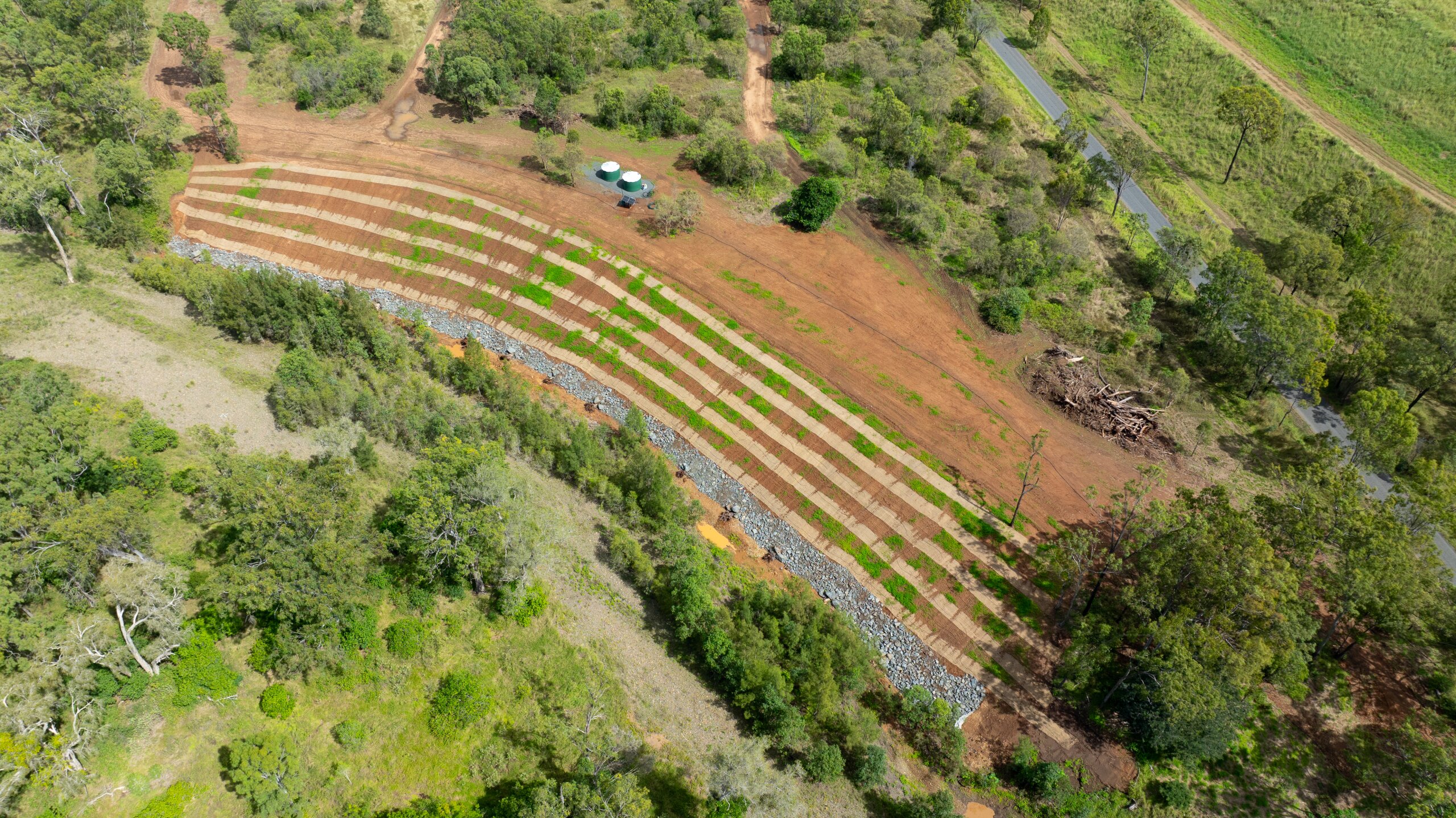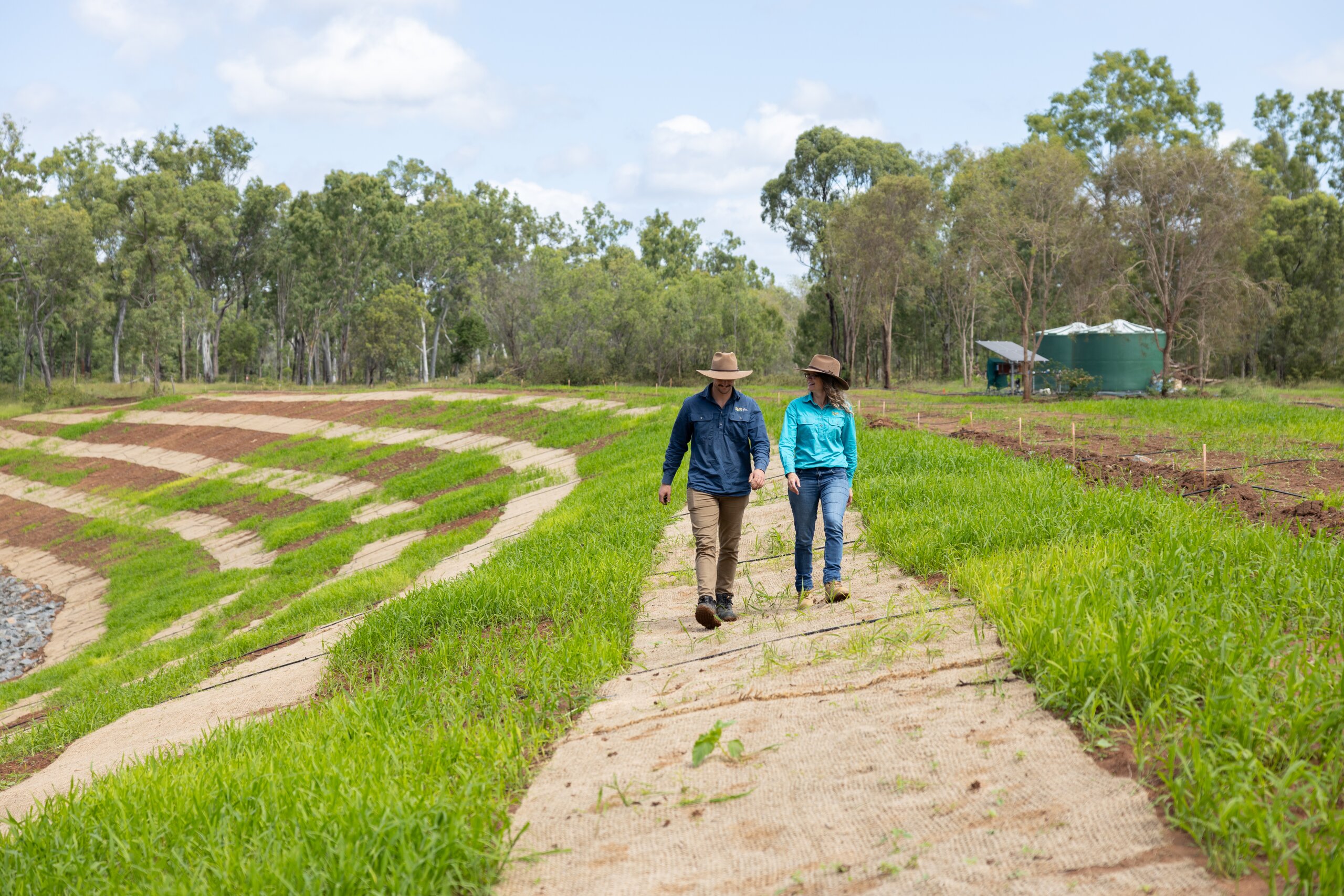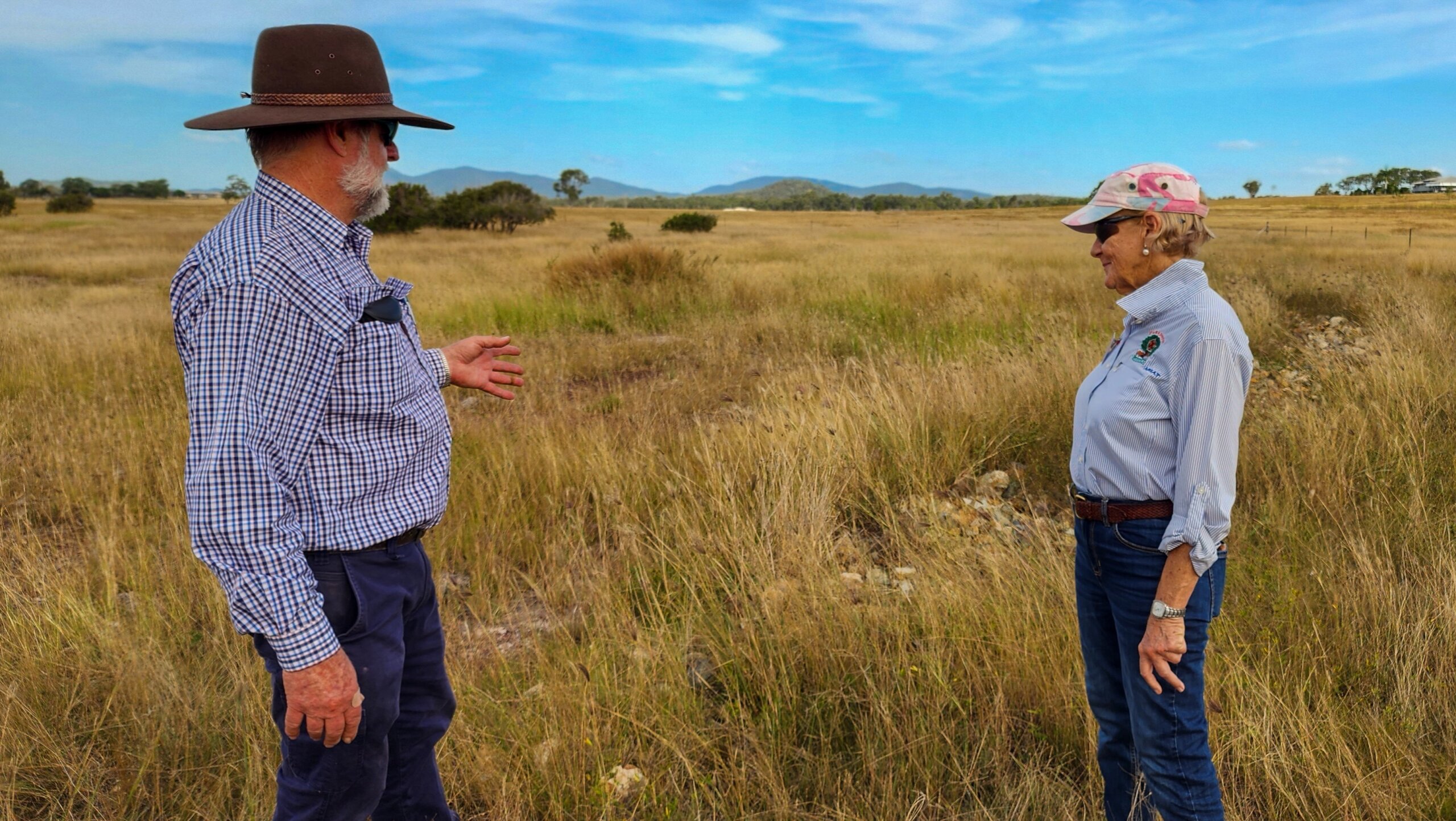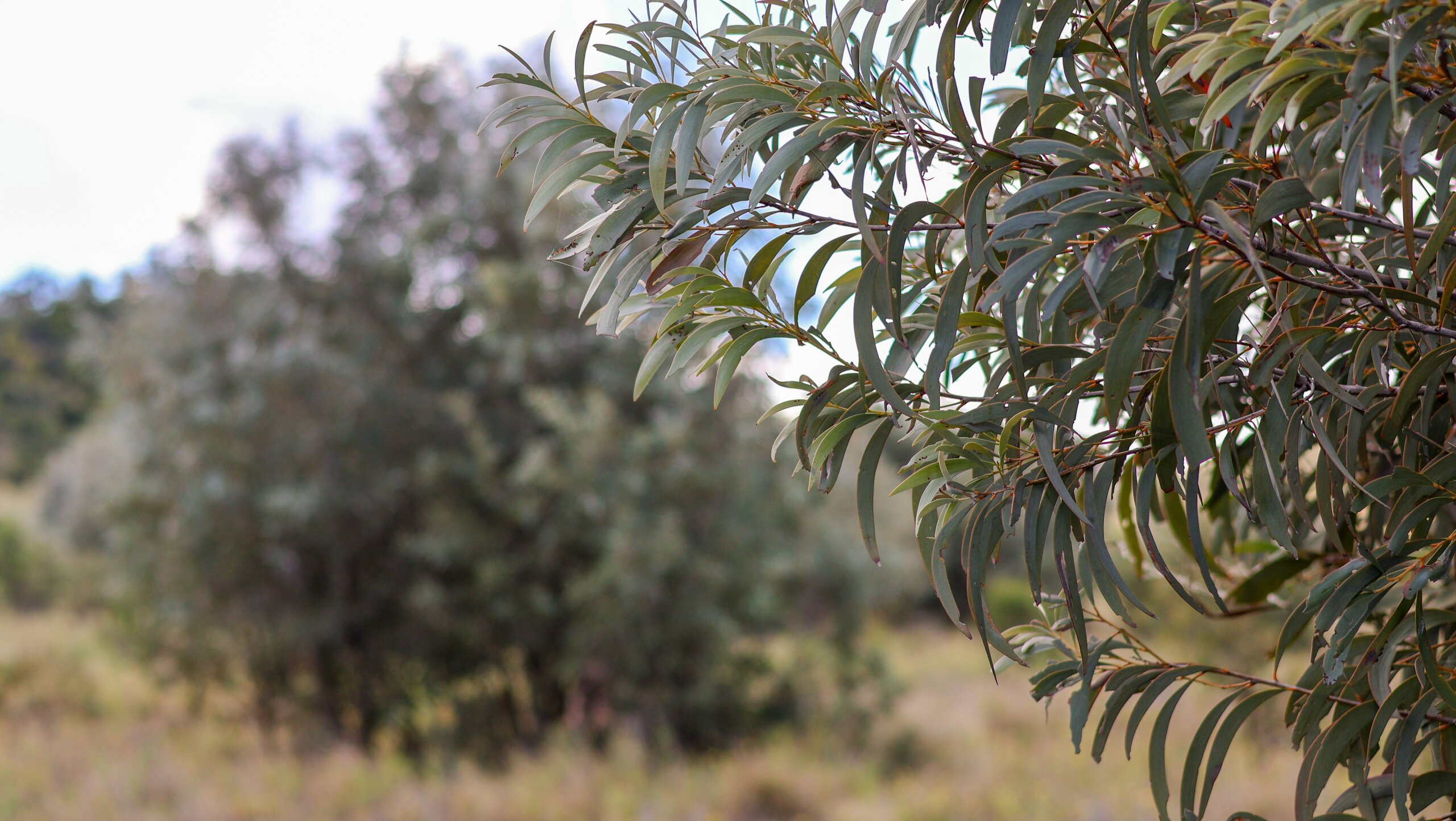In March 2017, Severe Tropical Cyclone Debbie tore across Queensland, leaving a trail of destruction in her wake. In central Queensland, the flooding was merciless. Hillsides slumped and paddocks drowned.
Streambanks that had been unstable for decades collapsed in great chunks, tumbling into the Fitzroy River. Each mass of soil carried fine sediment downstream toward the Great Barrier Reef, where silt and muddy water smothered habitats. What had once been a slow process of erosion suddenly accelerated into a brutal unravelling of the landscape.
From this devastation, a plan took root. It called for more than patchwork fixes. The answer was large-scale streambank restoration, a way to halt erosion, heal damaged waterways, and improve the quality of water flowing to the sea.
Poor water quality is one of the greatest threats to the Reef. When banks collapse, they release clouds of fine sediment that drift far offshore, turning clear water to haze. Sunlight struggles to reach the seagrass meadows below, starving both seagrass and corals, and the delicate cycles of coral reproduction can be broken. Against this backdrop, FBA’s first large-scale streambank restoration project began. The vision was clear. Repairing rivers was never just about fixing damage. It was about building resilience back into the landscape itself.
The first test was also one of the biggest streambank restoration projects in Australia, stretching 1.2 kilometres.
“It was a monster,” FBA Waterway Leader Braden Mitchell recalled. The scale of the damage matched the scale of the ambition. Stabilisation here meant reshaping steep banks, layering soil and stone for strength, and planting native vegetation to knit the slopes back together.

The lessons learned from this project were as vast as the site itself. It tested FBA’s capabilities and gave the organisation the confidence to take on new and ambitious opportunities.
Since 2019, FBA has completed 10 large-scale streambank restorations, transforming almost five kilometres of riverbank across the Fitzroy region. From Alton Downs to Yaamba, Stanwell, Raglan, Thangool, and Garnant, each site tells part of a bigger story.
Together, these works now prevent tens of thousands of tonnes of fine sediment from reaching the Reef every year, a saving that grows with each wet season.
The numbers are impressive, but the real achievement lies in the knowledge and skill built along the way. What began as a daunting undertaking has evolved into a refined approach that is shaping the future of erosion control and restoration across the Fitzroy.


“Most sites are so unique you learn something new with each project,” FBA Adoption Manager Daniel Boshoff explained. “Through carefully maintaining these sites, we are learning and witnessing the important role of nature on long-term resilience. Once the banks are stabilised, irrigation and expert tree selection ensures that biodiversity blooms and roots take hold of once fragile soil. Over time, the landscape strengthens itself. We have significantly expanded our knowledge in preventing erosion on streambanks. In the Fitzroy region, we are the most knowledgeable and experienced in this space. We understand our river systems in a way no one else does.”
The FBA Waterway Team now carries experience across a wide range of erosion remediation and prevention techniques. “We understand what can come up, what can make a project higher risk and how to reduce those risks, because we have seen and felt and understand what has happened in the past,” Braden said.
That knowledge now powers the next chapter. FBA is rolling out holistic landscape repair across the Fitzroy. Work will expand to include streambank restorations, gully repairs, and improved grazing land management across surrounding properties. Together, these efforts are expected to keep thousands of tonnes of fine sediment from reaching the coast each year. These actions build on past successes while driving greater resilience in both waterways and landscapes.
For Braden, the vision reaches beyond being a leader in the Fitzroy region. “Not just to lead in the Fitzroy, but to be a leader nationally,” he said. “We want to be the organisation other regions and states look to when they face these challenges. To share what we know and help shape the way restoration is done.”





